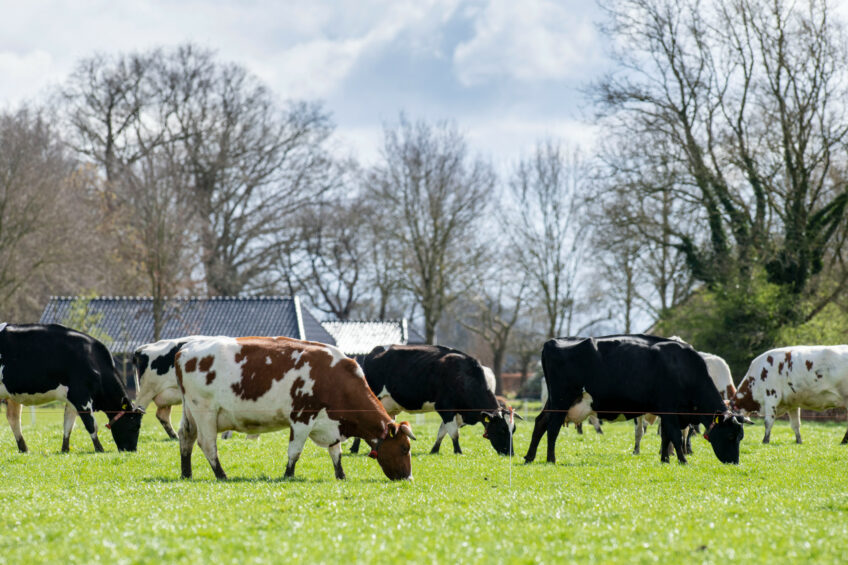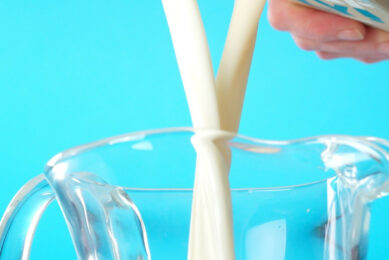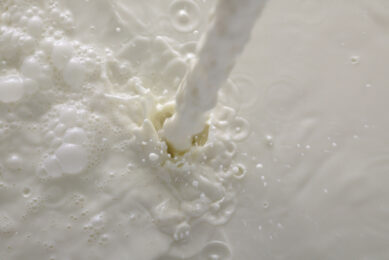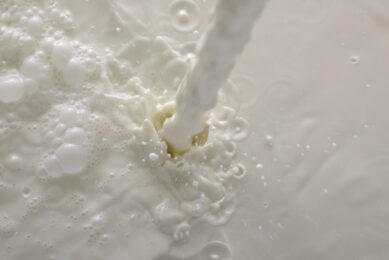Australia and global milk production 2024-2025

Milk production in Australia is on the road to recovery, with global supply expected to grow modestly in the upcoming year, according to a new report from Rabobank. The bank predicts that positive milk supply growth will come from the world’s major dairy-exporting regions throughout the remainder of 2024 and into 2025.
For the 2023-2024 season, which concluded in June, Australia’s milk production rose by 3.1% compared to the previous year, reaching a total of 8.4 billion litres, which is an increase of 249 million litres. However, Rabobank anticipates that Australian production will grow at a slower pace during the 2024-2025 season, forecasting an increase of just 1.5%.
Michael Harvey, senior dairy analyst at RaboResearch, highlights that milk supply growth in Australia has been widespread, with all states and regions experiencing increases except for western Victoria, where dry conditions have limited production. New South Wales has been a standout performer, reporting an impressive 5.3% growth in milk production for the 2023-2024 season. “Seasonal conditions remain mixed across key dairying regions,” Harvey emphasised.
While many areas have enjoyed favourable conditions, western Victoria and South Australia have encountered significant rainfall deficits so far in 2024, impacting milk production in these regions.
Global market
The global dairy market is currently balanced but remains sensitive to fluctuations, as noted in the report. The coming year could witness significant shifts as production increases and markets adapt. Harvey points out that milk production from the major global export regions has been inconsistent in recent years.

“Since the second half of 2021, combined milk production from the ‘Big 7’ dairy export regions – the EU, US, New Zealand, Australia, Brazil, Argentina, and Uruguay – has only grown in three quarters,” he said. “However, improved dairy prices in the first half of 2024, along with lower feed costs, have boosted farmer margins, encouraging increased production.”
Rabobank expects milk supply from these key exporting regions to increase modestly by 0.14% in 2024 compared to the previous year. Harvey stated: “With producers seeing improved margins though, milk supply could make a distinct shift upward in 2025. Our initial forecasts for 2025 suggest a 0.65% year-on-year production lift from the ‘Big 7’, bringing global milk supply from these regions above the 5-year average.”
Demand for dairy products remains mixed across various regions. At the retail level, price deflation is evident in supermarkets throughout South America, the United States, and most of the European Union. “In response to weak consumer spending in food service channels, companies are spending more on promotions and advertising as consumers pinch pennies,” Harvey explained.
Chinese dairy consumption
In China, the world’s largest dairy importer, both demand and production of milk are expected to decline. Rabobank has revised its estimates for Chinese dairy consumption for 2024 downward, anticipating a 12% reduction in net imports compared to 2023 levels. Notably, skim milk powder import volumes could decrease by as much as 30%. Additionally, China’s domestic milk production is projected to decline by 0.5% year-on-year in 2025 due to economic pressures on farms stemming from falling farmgate milk prices.
There have been no major changes to Australian farmgate milk prices since the new season announcements were made. However, the Rabobank report indicates that in the southern export regions, milk prices for those not under contract have fallen more than 10% compared to the previous season.
“In contrast, milk prices in regions producing drinking milk for the domestic market are mostly unchanged,” Harvey pointed out. Consequently, dairy farmers in affected regions are preparing for margin pressures, exacerbated by softer cull cow prices and reduced heifer export volumes.
In terms of dairy producers’ costs, Harvey said, there is a mixed outlook. “Grain prices have drifted lower, which is welcome news for dairy farmers, and the outlook for prices for the current Australian winter crop is mostly favourable for purchasers. But in stark contrast, fodder (hay) prices have jumped, driven by supply concerns.”
Retail price inflation for dairy products in Australian supermarkets has also continued to slow down. According to Harvey, the June quarterly Consumer Price Index indicated that yearly inflation for milk and cheese is tracking at less than 3%, marking the lowest rate of dairy product inflation since 2021.
Australian dairy exports wrapped up the 2023-2024 season on a high note, supported by increased milk availability and notable growth in cheese, skim milk powder, and whey products.
Join 13,000+ subscribers
Subscribe to our newsletter to stay updated about all the need-to-know content in the dairy sector, two times a week.










